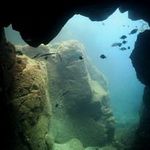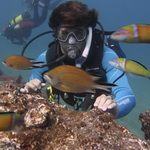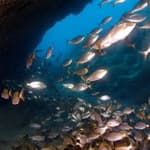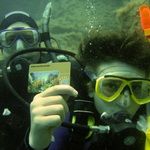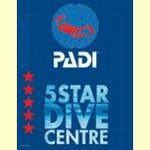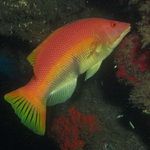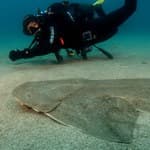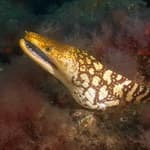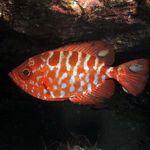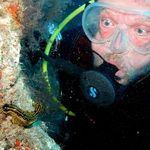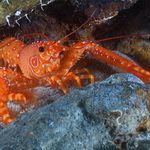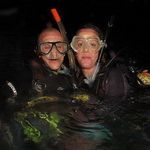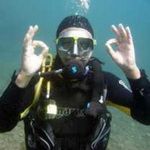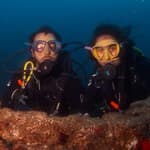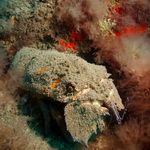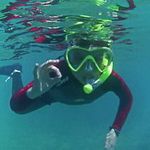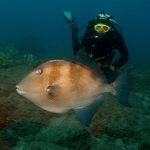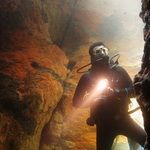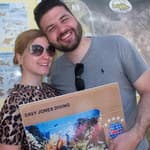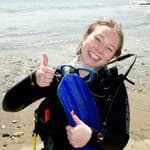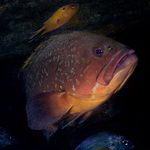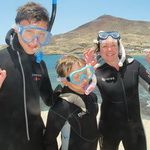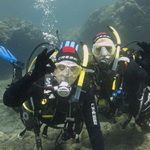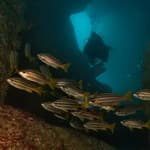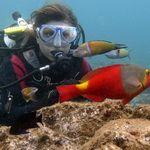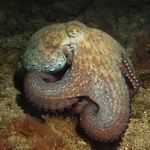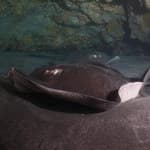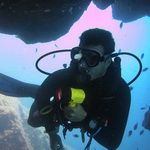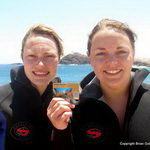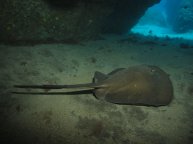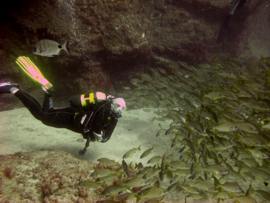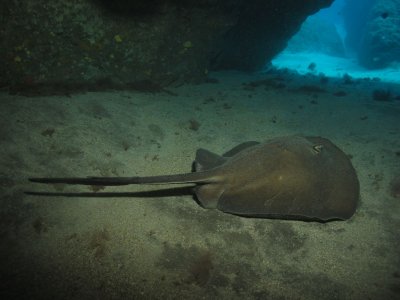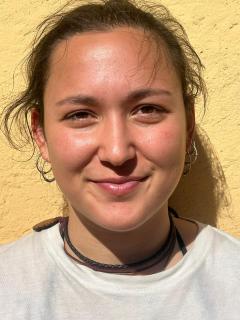Diving Safely with Davy Jones Diving in Gran Canaria
"Safety does not happen by Accident" is the sort of slogan you see in factories and
workplaces in many parts of the world. The management of these companies work hard to avoid
accidents in the first place, but also then to have good response mechanisms to deal quickly
with any problems. We manage safety in the same way, with on the one hand a series of
procedures and structures in place to prevent diving incidents, and secondly a safety
infrastructure to deal with any incidents.
Because of the shallow profiles of many of the recreational dives in the Canaries (under 30
meters) there is overall a very high safety record for diving in the Canaries - we estimate
it at greater than 99.999% (less than 1 fatality in every 100,000 dives). In 2011, sadly a
total of five divers were lost over the seven Canary Islands (Tenerife, Lanzarote, Gran
Canaria, Fuertaventura, El Hierro, La Gomera and La Palma), but during the same period nearly
80 people died on the beaches - many from Heart Attacks)(source - Canarias Siete).
These statistics are similar to other world-wide statistics and suggest that the Canaries
are no more, or less risky places to dive. Since our dive centre opened in 1999 we have had
no fatalities and no reported decompression incidents, and in the Arinaga / El Cabrón area
there has been only one fatality (in 2003).
We manage safety by following standard procedures and practices, and assessing Risk at several levels. There are here three main areas where the level of Risk changes on a dive to dive basis:
- The risk and complexity of the dive (depth, time, location, current etc)
- The qualification and/or experience of the divers
- Tide or Weather conditions
Risk or Challenge - what is your comfort zone?
Yet for the instructors who are monitoring the students and developing their skills, the dives would be in their personal 'low risk' category, because they are well known dives, unlikely to challenge their comfort zone. The key challenge for any dive centre then is to match each diver to a dive plan with an appropriate level of risk and challenge.
We do this by consistently using a series of dive routes and dive plans which have been used before, where we know and understand the likely profiles of air usage, decompression loading and likely fatigue, as well as the important fall-back plans for any underwater issues, such as low-air. Relative to each other, some of the dive plans are 'low-risk / challenge', most are 'medium-risk' and one or two have a higher risk level or challenge, where we will only take divers who have a higher level of training or experience.
Our style is to plan and complete dives which do not 'push the edges of the envelope', so that we have a good margin for safety in the key risk areas of decompression loading, air usage and physical challenge. To achieve this we always follow the best dive planning practices from world-class diving organisations such as PADI, BSAC, and FEDAS. Key to these procedures are that- all dives we lead within the Marine Reserve are no-stop (non-decompression) dives
- Most dives are multi-level dives; all dives can be modelled on the appropriate multi-level tables
- The dive profiles are matched to 'average' air-usage on a 12 litre tank;
- Target for 'reserve' air at the end of the dive is 25% (50 bar)
- We ask all divers to complete a 'Buddy Check' before the dive and follow buddy diving practices in water
- We ascend slowly at all times
- We have a safety stop of 3 minutes after all deeper dives (or a slow swim at shallow depth)
- We dive deep then shallow with an average surface interval of about one and a half hours and usually only do two dives per day
- All our team wear dive computers to monitor key factors underwater.
- We stick to the depth limits of divers qualifications on non-training dives.
The impact of Tide and Weather
Fortunately, tides in the Canaries are not particularly wide in amplitude (normally just around 2m at Springs), and underwater in Arinaga there is normally only a slight current which follows the coast, which does change direction with the tide. In the Arinaga area we don't have any strong Rip currents which can pull a diver out to sea, and with almost no surface boat traffic, several surface risks are eliminated. Wind and Ground-swell on the other hand can make a significant difference to the level of physical challenge, between good and forceful conditions. This is where the judgement of the Dive Leader is important to evaluate whether divers can manage certain dives, or alternatives with less challenging entries are more appropriate. Usually, below the water, conditions change much less in high winds, but on the few occasions when the visibility underwater is very poor then again we will look at alternative dive sites.Underlying Safety Infrastructure
As we said above, working hard to prevent incidents is very important, but so to is our preparation in case of any incidents. One of the principle components here is the training, experience and maturity of the team. To underpin this we have Oxygen administration equipment, basic first aid sets and other safety equipment in our dive vans. We have agreements in place with the regional hyperbaric chamber, and the tourist hospital, as well as contacts with other medical resources and specialists on the Island, and this is all documented in the Emergency Action Plan, copies of which are in every vehicle. Finally to avoid equipment issues we have a rolling program of maintenance for diving equipment, tanks, and the compressor, with constant attention paid to air quality. We also look at new technologies and devices to see if they can add value to our Safety Plans.Customer Responsibilities for Safety
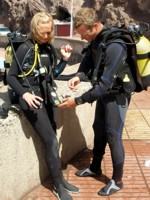
Summary
Its now over sixty-five years since Jacques Cousteau first developed an underwater aqualung. BSAC celebrated its 50th Anniversary in 2004, and PADI Instructors have trained over 20 million divers. Davy Jones Diving have been diving safely in the Arinaga area since 1998.
Since the early days of 'frogmen' with home-made equipment and a pioneering spirit, recreational diving equipment, procedures and training have all improved significantly, with a huge leap in safety. By following these best recreational diving practices and some simple standards underwater, divers of all ages can enjoy the thrill of exploring dive destinations such as the El Cabrón Marine Reserve. By following the appropriate leadership and management standards we believe that we will continue to lead dives safely in Arinaga for a long time to come.
NO Deposit, Cancellation or Change fees!

